
So-St
SORREL
Many species out of the rumex family are used as sorrel. Although they have some different experiences, they all are a bit sour-tasting, but fine vegetables indeed. Most of them are dead-easy to grow , and some are even consider as naughty weeds. Some, like rumex acetosa , which has some old selections, also rumex crispus,rumex patientia,rumex sanguineus are worth growing, others have tender leaves for eating raw, some are more acid, even too acid for my taste...Most of these don’t require much space and are happy with even a semi shaded spot.
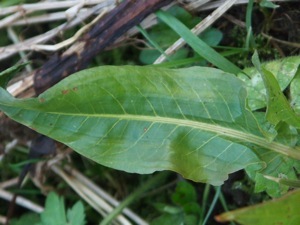
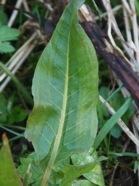
SOYBEAN
Surprisingly for many people, there are soybeans that are straightforward to grow in Belgium (and no, they have not been genetically modified!). Just sow them a few weeks before the last expected frosts , in the greenhouse, and plant them out when the ground has warmed up and all frost risk has disappeared. One of the best selections is ‘envy’, but a very good one is ‘fruhreifendes gemisch’, but this one needs more warmth (and gives under these conditions at least twice as much beans). Let the beans dry completely on the plants, don’t expect huge quantities, but two lines of about 10 metres can give a considerable crop.
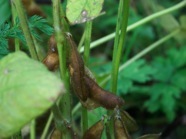

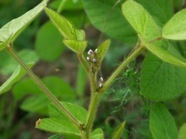
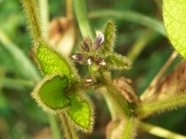
SPELT WHEAT
If you ask me, spelt wheat is just the best wheat existing. It’s sweeter and nicer tasting compared to ordinary wheat, it’s just as easy to grow out, and, yes, there’s a but, it’s unfortunately hard to tresh...Many spelt wheats originate in Belgium (in fact, Belgium is one of the biggest producers in the world of this fine grain), so the climate suits them wonderfully. 90 % of the spelt wheats are better sown in autumn, october is a good month, and they overwinter easily. Harvest takes place the next summer, when the kernels are dry. And, if you grow some, you can make the finest breads there are...

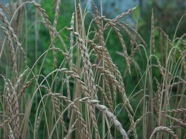
SPINACH
I think there are better things for the making of ...spinach, but here we go with the spinach (Spinacia oleracea). There are varieties for spring sowing, late summer sowing and autumn sowing, these will produce leaves in late spring-early summer, autumn, and the winter to early spring. Spinach has a tendency to bolt during long and hot days, so it’s not really suited for summer-growing and harvesting. Some people don’t thin out the plants, these produce smaller plants then, other people do thin these out and bigger leaves are produced.
SPOONWORT
STRAWBERRY
Traditionally grown in every ‘potager’ , as they say in French, in Western Europe, strawberries are, off course, one of the tastiest fruits around. Or ... that’s what they could be...because store-bought strawberries aren’t exactly the ‘real’ thing, big, shiny, but mostly a watery taste, without much subtility...Strawberries are mostly fragaria annanassa or fragaria vesca, there are some others. Take an old variety, capron varieties or mara de bois, they’re soo much better, or grow a small-fruited one, alpine strawberries have excellent taste, and these can be grown for years on the same spot, in contrast to the more common cultivars, who get all kinds of diseases. And these small-fruited ones can easily be grown from seeds as well.
There are also other-coloured varieties, pink, red-black , yellow,..
when you grow out yellow ones, birds don’t see the fruits and that really is without any doubt an advantage!




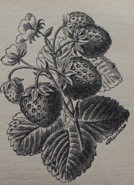
This was once used on the long boat trips from Europe to other continents, and back, because it contains so much vitamine C.
This is an easy to grow plant, winter hardy , and spoonwort (cochlearia officinalis) can be used freelyin the kitchen, raw or cooked.
SQUASH
See: squash